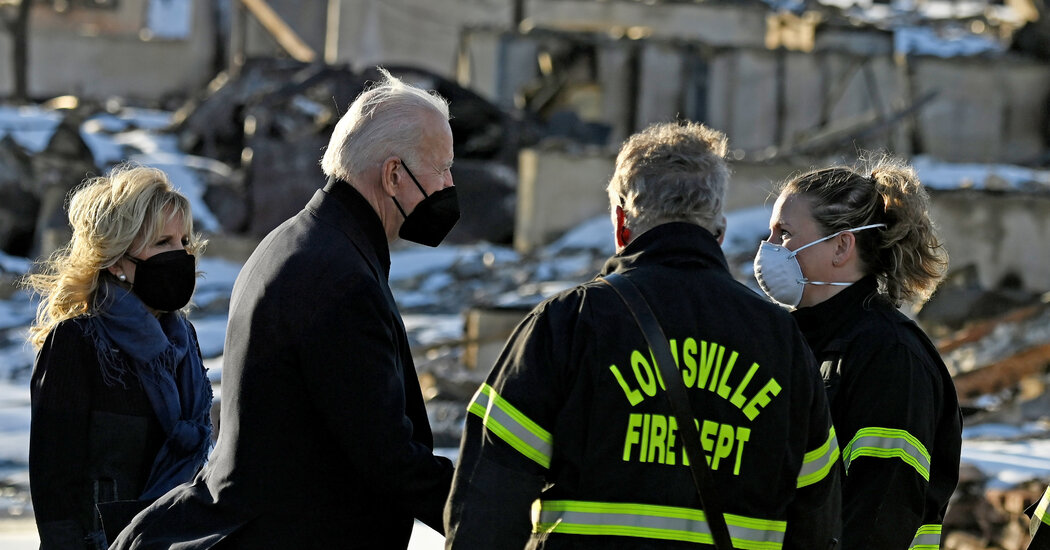
Mr. Manchin did say this week that “there’s a lot of good things” in the climate investments in the legislation, although he added that talks with the White House on the entire package had hit a standstill. Mr. Manchin has said rising inflation is among the reasons for his reluctance to support the package.
The president’s $1 trillion infrastructure package, which passed with bipartisan support, does include $47 billion to help communities prepare for extreme floods, storms, droughts and fires. But climatologists and the president himself have said the much larger package is needed to mitigate future natural disasters.
“We are still in drought — it’s something our state is going to continue struggling with, so anytime we have these warm extremes with drought in our region, we are at greater risk for these types of events, and part of that is connected to climate change,” said Becky Bolinger, an assistant state climatologist at the Colorado Climate Center at Colorado State University.
Mr. Biden has pursued other ways to reduce the damage from fires, including increasing the number of air tankers and helicopters available and increasing pay for federal firefighters to $15 an hour.
There are limits to what the federal government can do to prevent wildfires. State and local governments have control over many measures to mitigate the damage, including reducing home construction in fire-prone areas.
The blaze in Colorado was a reminder of how many millions of Americans in the West are now on the front lines of devastation from a warming climate prone to long droughts and extreme wind conditions. It is not just mountain towns and cabins tucked into the forest threatened by wildfires, but suburban communities like Louisville and the neighboring town of Superior, where the fire ripped down cul-de-sacs and scorched a Target.
“There’s something so different about this,” said Lori Peek, director of the Natural Hazards Center at the University of Colorado Boulder. “So many more people live in neighborhoods that look like this than what’s drawn into the mind’s eye when we think about a wildfire neighborhood.”
“Yesterday it was the suburban ring,” Dr. Peek said. “Tomorrow is it the urban core?”
Jack Healy contributed reporting.



